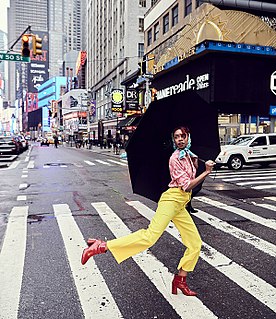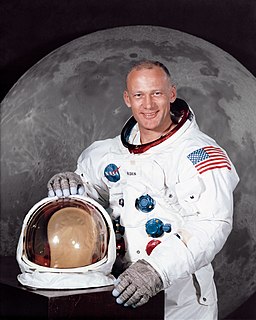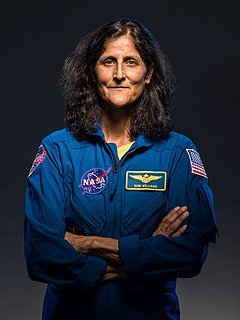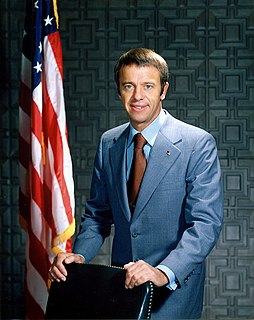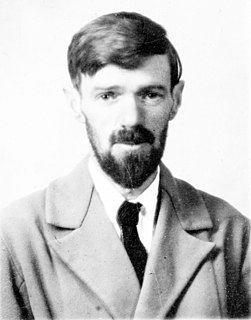A Quote by Seth Shostak
The Moon stabilizes Earth's obliquity. Well, almost. The tilt actually varies between 22 and 24.5 degrees - and the variation is enough to induce such environmental inconveniences as the occasional ice age. Without the Moon, it might be much worse.
Related Quotes
What would happen if the moon were not there? Then our tilt could swing wildly over a large range, resulting in major temperature swings. If our tilt were more like ninety degrees, the north pole would be exposed to the sun for six months, while the south pole would be in darkness, then vice-versa. Instead, it varies by only about one and a half degrees - just a tiny variation, because the gravity from the moon's orbit keeps it stabilized.
What was supposed to be so special about a full moon? It was only a big circle of light. And the dark of the moon was only darkness. But halfway between the two, when the moon was between the worlds of light and dark, when even the moon lived on the edge...maybe then a witch could believe in the moon.
There was just one moon. That familiar, yellow, solitary moon. The same moon that silently floated over fields of pampas grass, the moon that rose--a gleaming, round saucer--over the calm surface of lakes, that tranquilly beamed down on the rooftops of fast-asleep houses. The same moon that brought the high tide to shore, that softly shone on the fur of animals and enveloped and protected travelers at night. The moon that, as a crescent, shaved slivers from the soul--or, as a new moon, silently bathed the earth in its own loneliness. THAT moon.
If the moon and earth were not retained in their orbits by their animal force or some other equivalent, the earth would mount to the moon by a fifty-fourth part of their distance, and the moon fall towards the earth through the other fifty-three parts, and they would there meet, assuming, however, that the substance of both is of the same density.
The Moon is a white strange world, great, white, soft-seeming globe in the night sky, and what she actually communicates to me across space I shall never fully know. But the Moon that pulls the tides, and the Moon that controls the menstrual periods of women, and the Moon that touches the lunatics, she is not the mere dead lump of the astronomist. . . . When we describe the Moon as dead, we are describing the deadness in ourselves. When we find space so hideously void, we are describing our own unbearable emptiness.






